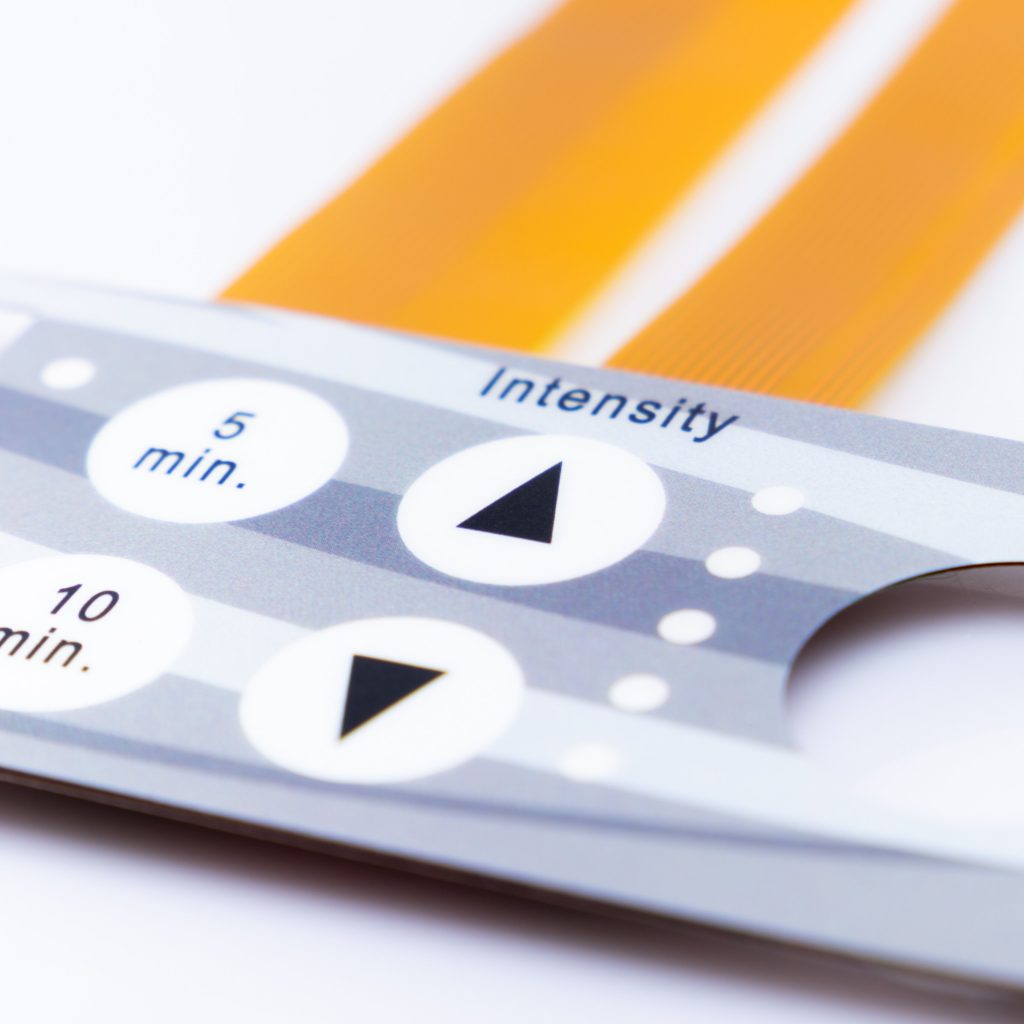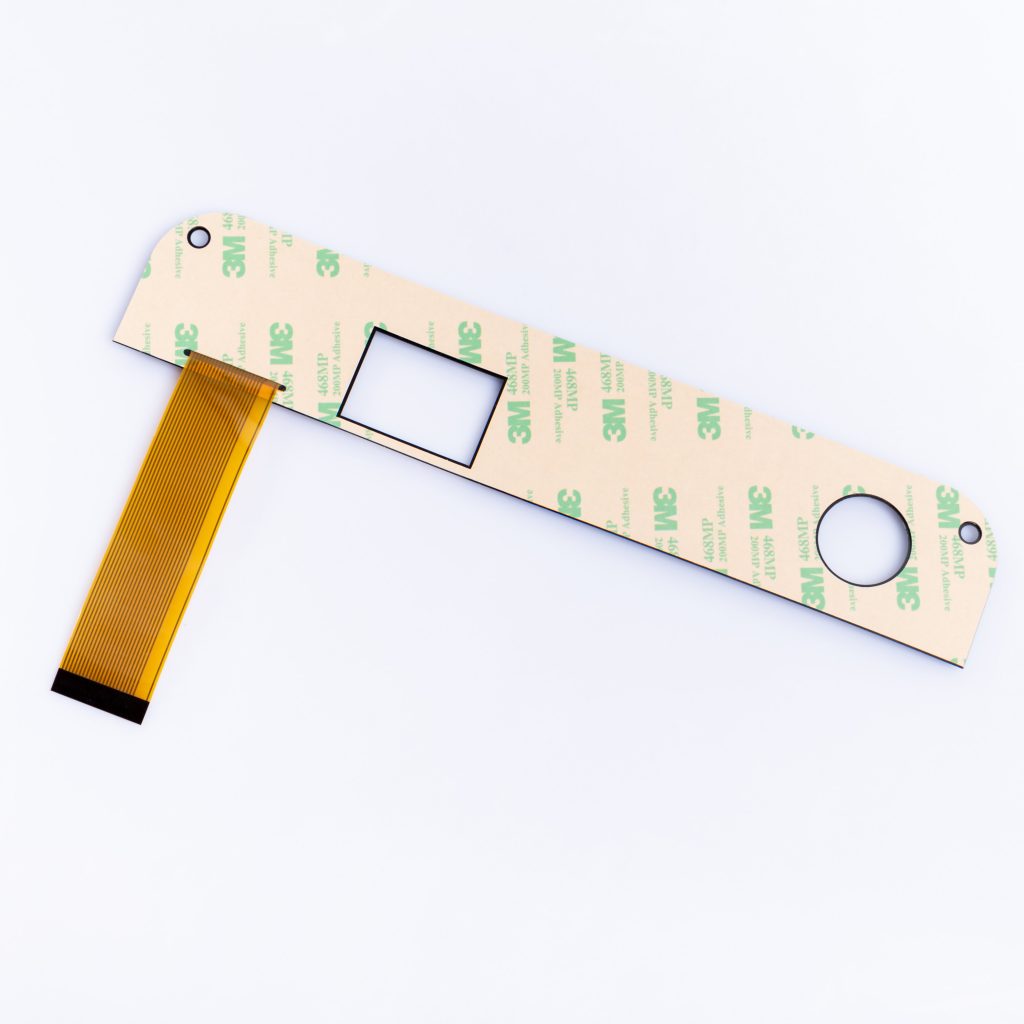Contact
Write to Us And We Would Be Happy to Advise You.
Do you have any questions, or would you like to speak directly with a representative?
By hqt
Membrane switches are an integral part of many electronic devices, and ensuring their functionality is crucial for the overall performance of these devices. To guarantee the quality and reliability of membrane switches, a series of inspections and tests are conducted during the manufacturing process. In this article, we will explore the various inspections and tests that membrane switches undergo to meet quality standards and provide reliable user experiences.



Visual inspection is the first step in ensuring the quality of a membrane switch. Skilled technicians examine the switch for any visible defects, such as:
Inspectors check for dust, debris, or foreign particles that may have entered during the manufacturing process. Any contamination can affect the switch’s performance.
Graphics and labels on the membrane switch must be clear and legible. Any printing defects, such as smudging or fading, are noted during this inspection.
Delamination, where the layers of the switch separate, is a common issue. Inspectors ensure that all layers are securely bonded.
Electrical testing is a critical phase to ensure that the conductive traces on the membrane switch are functioning correctly. Several tests are performed:
This test checks whether the conductive traces are intact and form a complete circuit when buttons are pressed. Any breaks or discontinuities are identified.
The resistance of the conductive traces is measured to ensure it falls within specified tolerances. Deviations can indicate potential issues.
Inspectors test for ghosting (unintended button presses) and short circuits by simulating button presses. Any abnormalities are thoroughly investigated.
Membrane switches are known for their tactile feedback. To ensure a satisfactory user experience, tactile and feel tests are conducted:
Technicians measure the force required to activate each button. Consistency in actuation force is crucial for user satisfaction.
Audible feedback, such as a click or beep, is evaluated to ensure it aligns with user expectations and device specifications.
Membrane switches often operate in various environmental conditions. Therefore, they undergo environmental testing:
Switches are subjected to extreme temperature and humidity conditions to ensure they function reliably in diverse environments.
Membrane switches are tested against common chemicals they may come into contact with during use to verify their resistance.
Durability is a crucial aspect of membrane switch testing:
Buttons are repeatedly pressed thousands of times to assess their durability and longevity.
Exposure to ultraviolet (UV) radiation is simulated to test the switch’s resistance to UV-induced aging and degradation.
In conclusion, inspections and tests are integral to ensuring the quality, reliability, and longevity of membrane switches. Manufacturers invest in rigorous testing processes to deliver products that meet or exceed customer expectations. These tests not only guarantee the performance of the switches but also contribute to the overall functionality and durability of the electronic devices they are a part of.
Do you have any questions, or would you like to speak directly with a representative?